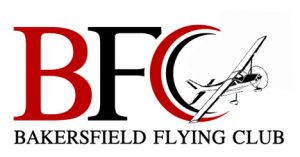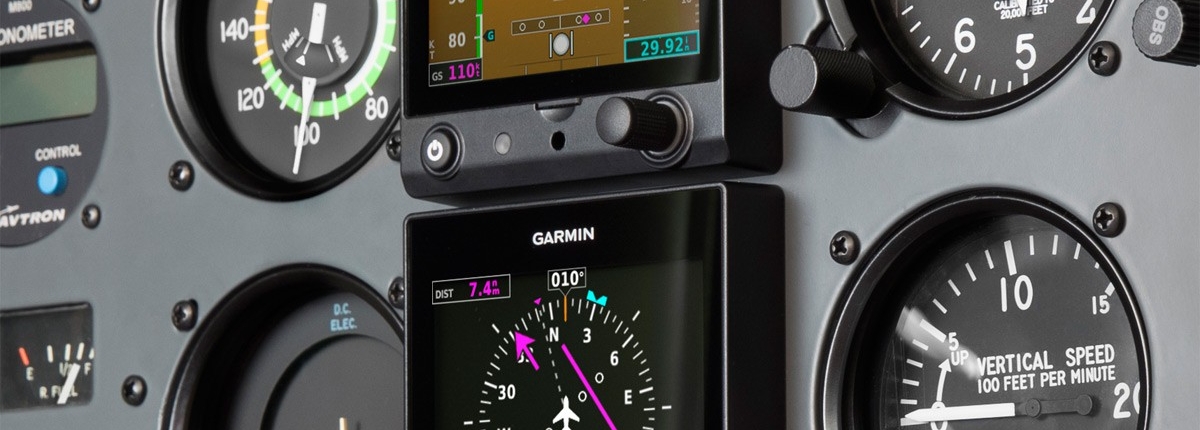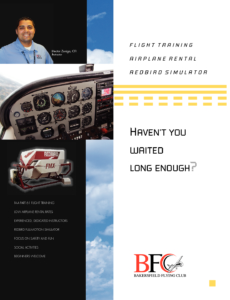Discovery Flight
Learning how to fly an airplane has never been easier or more fun than taking Discovery Flight lessons at Bakersfield Flying Club. Discovery Flight School familiarizes budding aviators to flying lessons by introducing them to instructors, airplanes and the exciting world of flying.
The Discovery Flight is designed to be a short inexpensive introduction to flying lessons that will give you the chance to meet our instructors, get familiar with the aircraft and airport environment, and experience the controls in flight.
Included in a Discovery Flight first flying lesson are the following:
- 25 to 30 minute Discovery Flight with an FAA certified instructor
- A concise introduction to the fundamentals of aviation
- Five to 15 minutes of “hands-on” flying, depending on your maturity level and skill (pilot’s discretion)
Taking a Discovery Flight is the easiest and most affordable way to learn whether pursuing a career as a pilot or if earning your pilot’s license is something you really want to do.
Schedule your Discovery Flight Today! ($130 Fee applies).
Contact us at: 661-619-6943 or email us if you have any questions.
Gift Certificate
You can pay as a gift safely online by clicking the “Pay Now” link below.
Make sure to provide us with your full Name, Address, Email address, and Telephone Number so that we can mail your Gift Certificate.
You will need to specify on the next page whether you are buying a:
- Gift Certificate
Then you will need to specify the amount:
- Some other amount for a Gift Certificate
Note that you do NOT need a PayPal account; you can click the “Pay with credit or debit card” link if you prefer.
See you in the air!
Brochure
Download our latest informational brochure describing how to become a pilot and why you should train with the Certified Flight Instructors at Bakersfield Flying Club!




